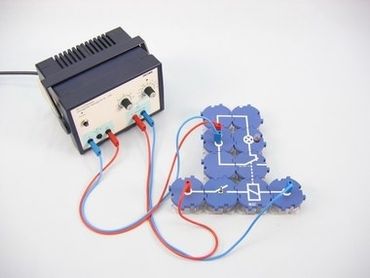setTimeout(function(){
window.print();
},500)

Technical data Controlling with a relayArticle no: P1375900  Principle The students are familiar with the construction and functioning of electromagnets and, generally, are also aware of their use in a simple relay. Benefits
Tasks How does a relay trigger a switching process? Show that an electromagnetic relay can be used to switch circuits (operating current circuits) on and off and as a changeover switch.
Scope of delivery
| |||||||||||||||||||||||||||||||||
PHYWE Systeme GmbH & Co. KG
Robert-Bosch-Breite 10 – 37079 Göttingen – Germany
www.phywe.com
Robert-Bosch-Breite 10 – 37079 Göttingen – Germany
www.phywe.com

